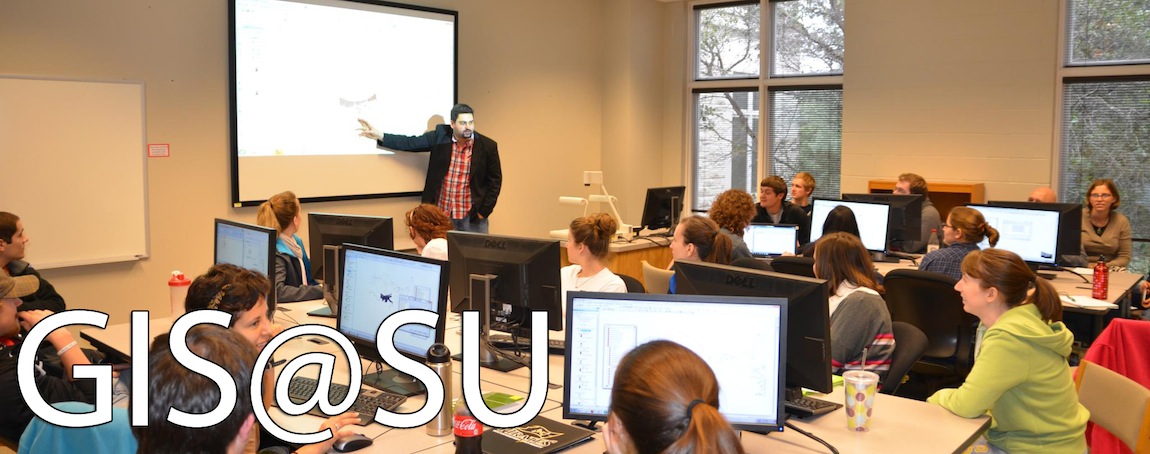In GPS World in 1998 Peter H. Dana wrote an article about the self titled, “GPSistas”, who utilize GPS receivers and GIS to produce the first maps their communities have been able to view. Dana begins the article by taking readers back to the year 1979. According to Dana, 1979 was the year that, “…the Sandinistas seized control of the government” (p. 185). This event, therefore, caused a 10-year war, which resulted in hundreds of deaths. At the end of the war, in 1990, the Sandinista government fell. The forests, fishing industry, and other assets of the Nicaraguan coast became resources of interest to people outside of country as well as inside. The high tension surrounding accusation of these assets could have caused a war to break out again inside Nicaragua, however, the CACRC (Central American and Caribbean Research Council) had other plans. They believed that GPS could help to map out resources and boundaries for the Nicaraguans. This GPS project began in 1996, where the author, Mr. Dana, worked as a project geographer. The GPS receivers encountered many problems initially, such as the difficulty to obtain batteries and the moisture present along the coast of Nicaragua. These problems were successfully combated, however, and GPS measurements were taken. The GPS mappers recorded GPS positions in degrees, minutes, and seconds of the World Geodetic System of 1984. A sketch of the point and surroundings was also recorded by the mappers. GPS measuring and theory was then taught to 15 new “investigators” from the coast of Nicaragua. They were then dispatched to use their GPS training in the field to create boundaries. The communities within the boundaries, then formed “blocks” for each of the regions. Nicaragua is also a place with many languages, and each block had their own respective language agreed upon to be placed on their landmarks. Ethnographic data was collected, and symbols and categories were created as necessary. In order to validate the claims made by the GPS mapping systems, the investigators compared measurements with previously completed observations. The data recorded in the notebooks was then converted to digital data to be made into maps. On March 25th, 1998 the community map set was completed. Although it is unknown how much the maps have aided border negotiations with the blocks and states, Dana has high hopes. The investigators from Nicaragua now call themselves the “GPSistas” and completing the mapping. They hope to keep using GPS and GIS to define boundaries all over Nicaragua.
Dana, P. H. (1998). Nicaragua's GPSistas: Mapping their lands on the Caribbean coast. GPS World, 9(9), 32-43.
